Understanding Light Furnaces
Light furnaces are specialized equipment widely utilized in industrial settings for the purpose of melting and processing various metals. These robust machines are essential in the transformation of scrap metals into usable steel and other metal forms, primarily focusing on materials such as iron, aluminum, and copper. With the capability to handle significant weights, some light furnaces can manage loads up to 20 tons, operating with power inputs ranging from 380v to 950v and working power from 180kw to 2,000kw.
Types and Applications
The application of light furnaces spans across various industries, from jewelry making, where pilot light furnaces are used for precious metals like gold and silver, to large-scale manufacturing processes involving bulkier metals. The versatility of these furnaces is evident in their design, with some models featuring dual pots for both melting and transportation of molten metal, ensuring efficiency in the workflow.
Features and Operational Mechanics
A key feature of light furnaces is their melting capability, with temperatures ranging from 2,100 to 1,750 degrees Celsius, sufficient for most metals. The melting process can be conducted in either open or enclosed furnaces, with the melting speed varying based on the metal and machine type. Advanced models are equipped with a water boiler pilot light and sophisticated safety systems, including circuit breakers that engage in the event of a fault, ensuring the operation is not only efficient but also safe.
Technological Integration
Modern light furnaces incorporate PLC systems for operation, with many utilizing electrical induction systems for heating. The inclusion of hydraulic pressure systems is also common, providing the necessary tilting force to the furnace pot, which can tilt up to 95 degrees for effective pouring. In scenarios where a furnace is blinking red light, this often indicates a system alert, which is part of the integrated safety features.
Materials and Advantages
The construction of light furnaces involves materials that can withstand high temperatures and provide durability. The use of large capacitor banks to stabilize the current and well-insulated components to prevent water damage are examples of the thoughtful engineering behind these machines. Additionally, the presence of a water-cooling system helps manage the temperature of the hot metal, contributing to the longevity of the furnace and the quality of the output.
Choosing the Right Light Furnace
Selecting the appropriate light furnace requires consideration of the specific metal processing needs. For those dealing with HVAC systems, options like ultraviolet light for furnace or UVC light for HVAC can be crucial for ensuring air quality and system efficiency. Alibaba.com offers a diverse range of light furnaces to meet various industrial requirements, facilitating the connection between buyers and reputable suppliers without the constraints of retail.

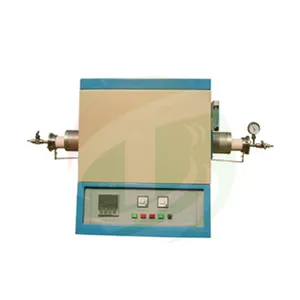


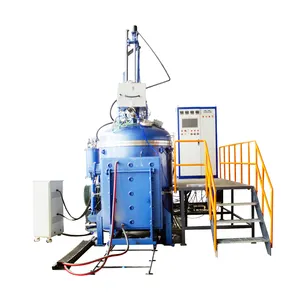



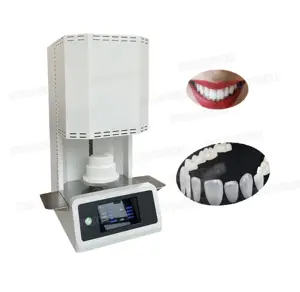




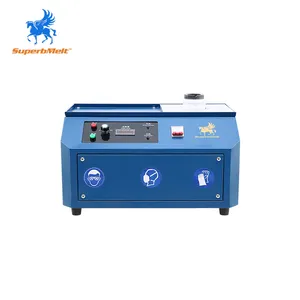




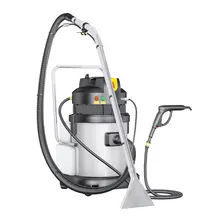



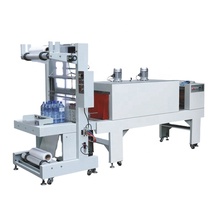


























 浙公网安备 33010002000092号
浙公网安备 33010002000092号 浙B2-20120091-4
浙B2-20120091-4